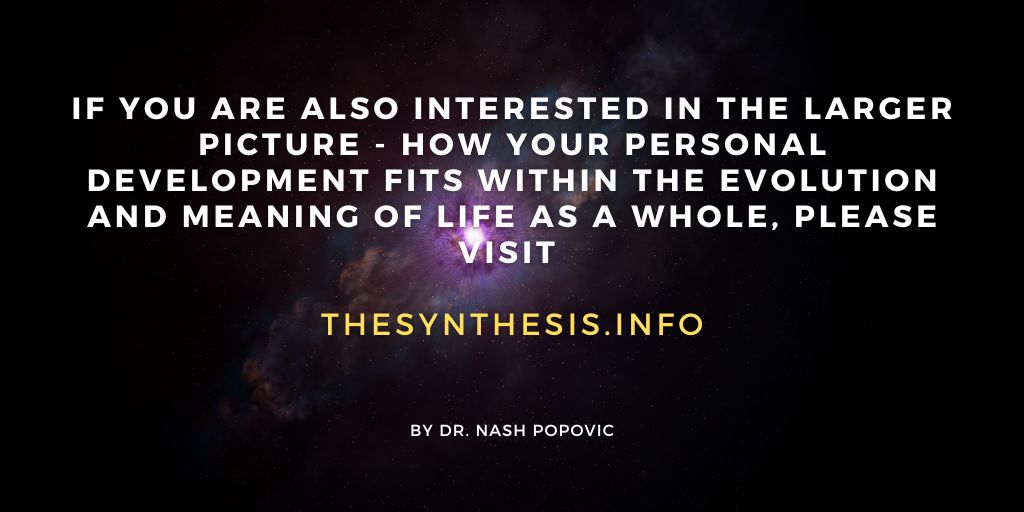7. Excitement
Most of the evils of life arise from man’s being unable to sit still in a room.
Blaise Pascal (17c French philosopher)
Excitement refers to the intensity of affective experience and can be associated with both positive and negative emotions. It is linked to the activation of the sympathetic nervous system and measurable physiological effects (increased heartbeat, pulse, perspiration and adrenalin level). Excitement influences our thinking, decisions, behaviour and emotional reactions. In many cases it is not emotions that cause trouble, but their intensity. This is why being able to manage excitement may come in handy.
The effects of excitement
Excitement is a surge of additional energy developed primarily to enable an organism to act more promptly. However:
- Excitement can be experienced even if an action is not needed or before it is needed. This usually happens when we expect or imagine something, and it may lead to a slippery slope if excitement and these images create a vicious circle.
- Intense excitement can diminish attention and concentration as well as lead to distorted perception and judgements.
- It can also amplify emotional responses (so joy becomes euphoria, fear becomes panic, anger becomes rage).
- Excitement affects self-control, can cause unpredictable reactions and increase susceptibility to influence.
- A persistently high level of excitement may even affect physical and mental health.
- Moderate excitement is desirable though, often sought to counter boredom. What would life be without getting excited? However, if excitement becomes a need or an end in itself, it can be addictive and lead to prioritising intensity over quality – which, in fact, increases boredom in the long run.
Evidently, excitement plays a complex role in our lives, so let’s see what we can do about it.
Managing excitement
One common way of controlling excitement is trying to restrain its expression (its visibility) – usually in order to leave a good impression. This rarely works though; suppressing excitement is easy to recognise and it just adds to inner pressure (like putting a lid on a pot of boiling water). Furthermore, suppression does not strengthen your ability to regulate excitement itself, as suppression only deals with its expression. Some people resort to props such as alcohol, cigarettes and the like but this has some shortcomings too: these things are not always available or appropriate, you can develop dependency, they are mostly unhealthy, and they too don’t strengthen your capacity to regulate excitement but, in fact, weaken it. So what else can be done? Two things: you can prepare for challenging situations in this respect and you can use some techniques to reduce excitement.
Prepare
The usual underlying causes of excitement are: uncertainty, a lack of control, mental projections, importance, and engagement. So, to prepare for a situation in which your excitement may get too high you need to address these causes:
- Increase certainty: familiarise yourself with the situation, learn what you can about it and about what may happen.
- Increase control: plan, know what to do in any of the likely scenarios (e.g. if your boss agrees or disagrees with you).
- Avoid fantasising and highly charged expectations (e.g. ‘he is kissing her now’; ‘the plane is going to crash!’)
- Reduce the importance of the outcomes (e.g. ‘it doesn’t really matter if I don’t pass my driving test the first time’).
- Distance yourself, step back from the situation or close down.
Techniques for managing excitement
Channel excitement into a constructive or neutral action: for example, take excitement for a walk or run, or get that cleaning done. Excitement gives you extra energy – use it.
Breathing exercises – two are suggested below:
- Inhale air by expanding your abdomen and hold it for a while. Then exhale slowly accompanied with a gentle, soft sound (to control air flow). It is important to empty your lungs fully. If repeated several times, your heartbeat will slow and excitement will subside.
- Find your pulse by gently pressing your wrist vein with your thumb. Breathe in the following rhythm: inhale for the duration of 6 pulse beats, hold air in for 3, exhale for 6, and pause for 3. This is only a suggestion – you can experiment with the number of beats until you find the rhythm that is calming for you.
Calming images: close your eyes and think of something that you associate with a sense of calm and serenity (e.g. a stroll through a forest or visiting the ‘temple of silence’). Either a memory or a fantasy will do. Imagine moving there from the intense state you are in. When the image of being there brings an associated feeling of calm, let go of the image but try to retain the feeling.
This exercise combines the preparation and the techniques:
Excitement control training: close your eyes and imagine from the beginning a situation in which you may get overexcited (e.g. playing a game or having an argument). Pay attention to your level of excitement. When, in your view, it gets too high try to reduce it by focusing on your breathing, distancing or anything else that works for you (feel free to experiment). When you get excitement to an acceptable level, continue imagining the situation from where you stopped. Carry on until you get to the end of that situation. Repeat as many times as necessary.
What to do in the thick of it
This is all well and fine, but sometimes we may not have time to prepare or we may still get overexcited even if prepared. For example, you get so excited over a team project that you notice that you are talking over other members of the team. What to do? Well, you have already done the first step – noticing – recognising that you are getting too excited (it is always good to do so before others do, so self-awareness is really handy in such situations). The next step is acknowledging (to yourself and, if necessary, to others). And what then? Nothing. If you have done the above (even for different situations) you may find that your excitement is going down spontaneously, or a calming image may pop up in your mind, or you may breathe out, or take a step back without forcing anything. If none of these happen, just a nudge should do.
Sustaining and increasing excitement
The above is mostly about reducing excitement. Sometimes, however, we want to maintain or increase excitement (e.g. in order to avoid boredom or to get motivated).
There are some tips in this respect that amplify the above mentioned causes of excitement:
- Increase uncertainty: we all know that watching a game is more exciting if we don’t know the final score. The same applies to other situations, so don’t plan everything!
- Make some changes: novelty too can increase excitement.
- Use your imagination: if you find writing a report boring, imagine that a love of your life is going to read it.
- Increase importance: the more you make something important to you, the more you will get excited about it.
- Engage: open to the experience, immerse yourself in what is happening or what you are doing. A philosopher, Fromm(1), distinguishes between passive and active excitements. Passive ones (such as watching a game or TV), do not require our participation; active ones, such as playing a game or reading (reading requires imagining or thinking), do. Everything else being equal, the latter are easier to sustain, so participate more or choose activities in which you can be proactive.
(1) Fromm, E. (1973) ‘Excitation and Stimulation’ in The Anatomy of Human Destructiveness. London: Jonathan Cape.

